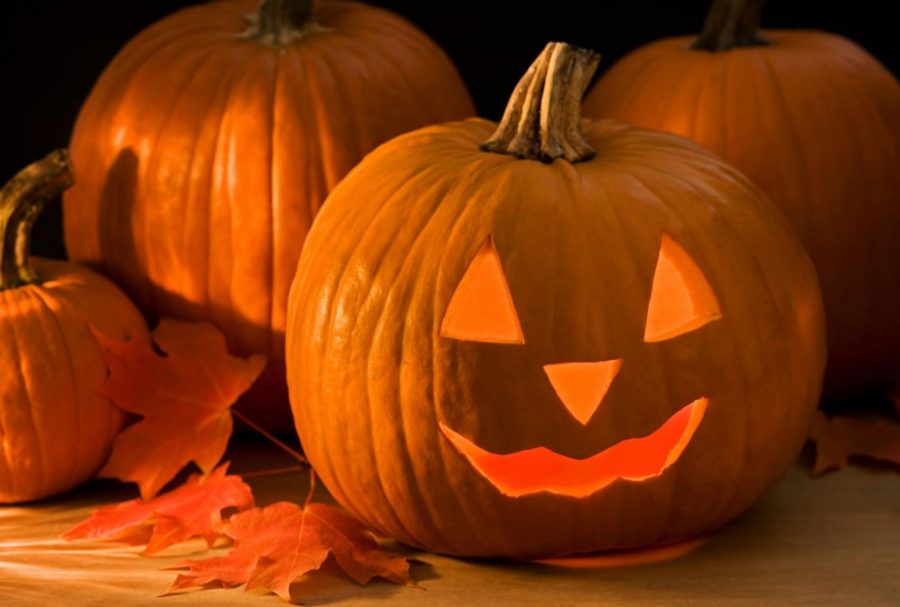All Hallows Eve
October 8, 2018
What sounds like people moving their furniture around a floor above them, many believe that the Living and Learning Center is actually haunted. Many people report hearing whispers in the hall and loud, unusual voices coming from empty rooms.
Sophomore and RA of LLC’s fourth floor, Grace Engel, heard the strange sounds on both floor three and four.
“Last year when I was living on the south third floor of the LLC we always heard screeching sounds like someone was moving furniture in the middle of the night. Well now, living on the fourth floor, it sounds like there’s furniture being moved above us (there is no fifth floor)…we don’t know where it’s coming from. There are other RA’s that say it’s coming from the vents and pipes but there’s no way that it could make that screeching sound. I’m pretty sure there’s bad juju wherever you go,” said Engel.
About 2,000 years ago, ancient Celts believed that one day a year, the boundaries between the living and the dead were blurred. What originated with the ancient Celtic festival of Samhain, where people would ward off bad spirits by lighting bonfires, has morphed today into what is called Halloween, where people trick-or-treat and carve pumpkins.
Nov. 1 marked the end of summer and the harvesting of crops and the beginning of a cold winter in what is now Ireland, the United Kingdom and northern France. The cold, dark winter symbolized death and despair.
In addition to damaged crops, Celts believed that incoming spirits made it easier to see into the future and create prophecies about future harvests. Druids built massive sacred bonfires to burn crops and sacrifice animals to the Celtic deities. During the celebration, Celts would wear costumes made out of animals and attempt to tell each others fortune.
Flash forward to 43 A.D when the Roman empire conquered the Celtic land, this holiday combined traditions and broke off into two parts. The first, Feralia was the commemoration of the passing of the dead. The second was to honor the Roman goddess of fruit and trees, Pomona.
Flashing forward again, the spread of Christianity caused this holiday to blend with other cultures. In 1000 A.D. the church made Nov. 2 All Souls Day to honor the dead. The formal name had been tossed around from All Saints Day, All-Hallows, All-Hallowmas, All Hallows Eve and eventually Halloween.
When America was colonized, Protestant beliefs were very rigid and this was also around the time of the Salem witch trials. Halloween was more seen celebrated in Maryland and southern colonies. Also during this time, American Indians merged their ideas to create the more americanized version that we see today.
Colonial holidays featured the telling of ghost stories and creating mischief. Around the rest of the world, autumn festivities were common, but Halloween was not yet introduced. Today, Halloween is not taken as seriously as the Celts, but is still a fun holiday to spend time with friends and hear ghost stories.
“I think Halloween is an important holiday because it gives people the opportunity to express themselves in different ways. Unlike a lot of other holidays, it isn’t as political so it kind of gives more freedom to everybody to do whatever they want. I think the history of it personally is really entertaining. I think it’s a good holiday because no matter who you are, you get to have fun with it,” freshman Madison Bell said.



